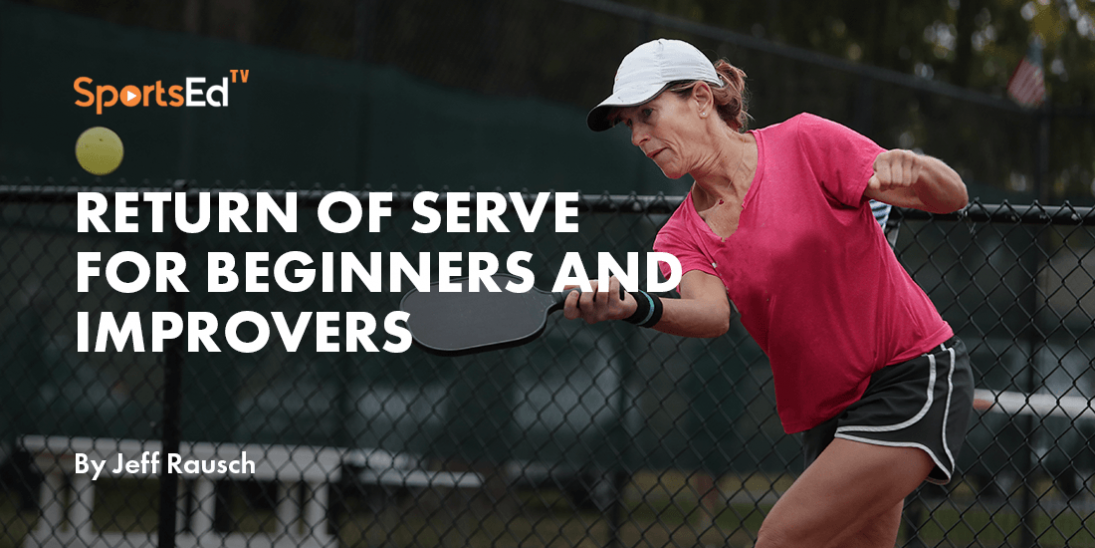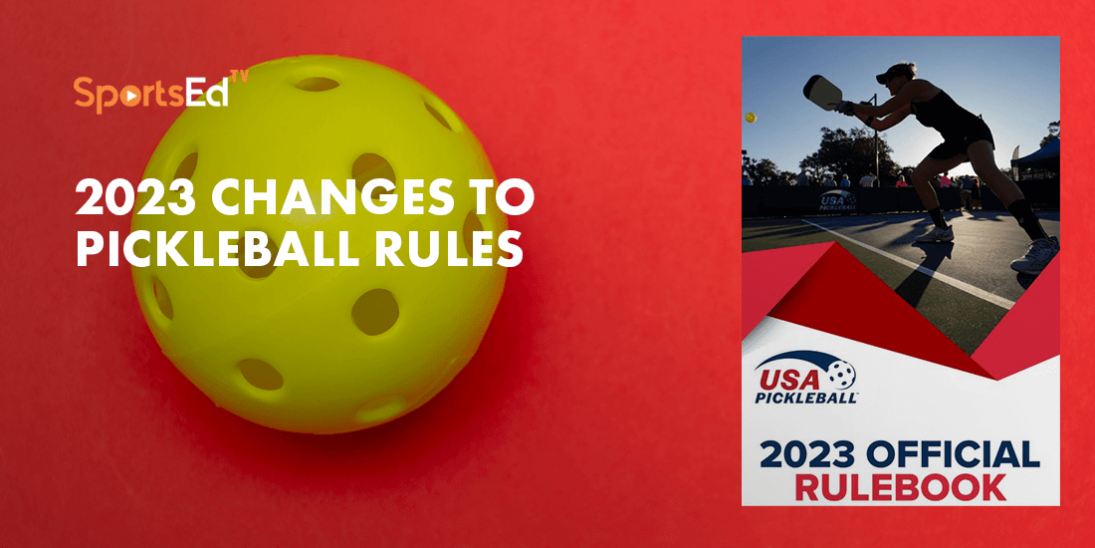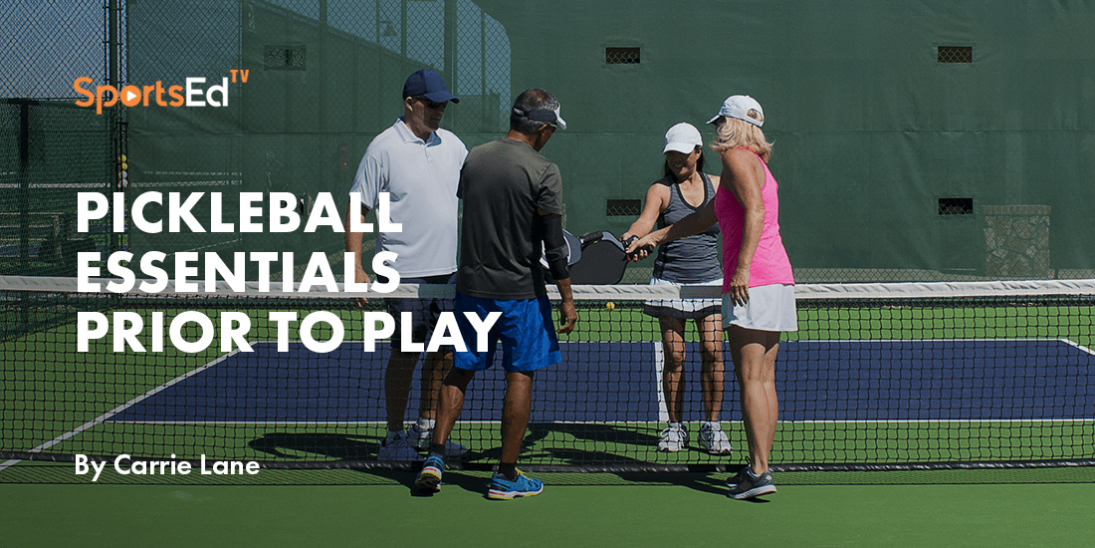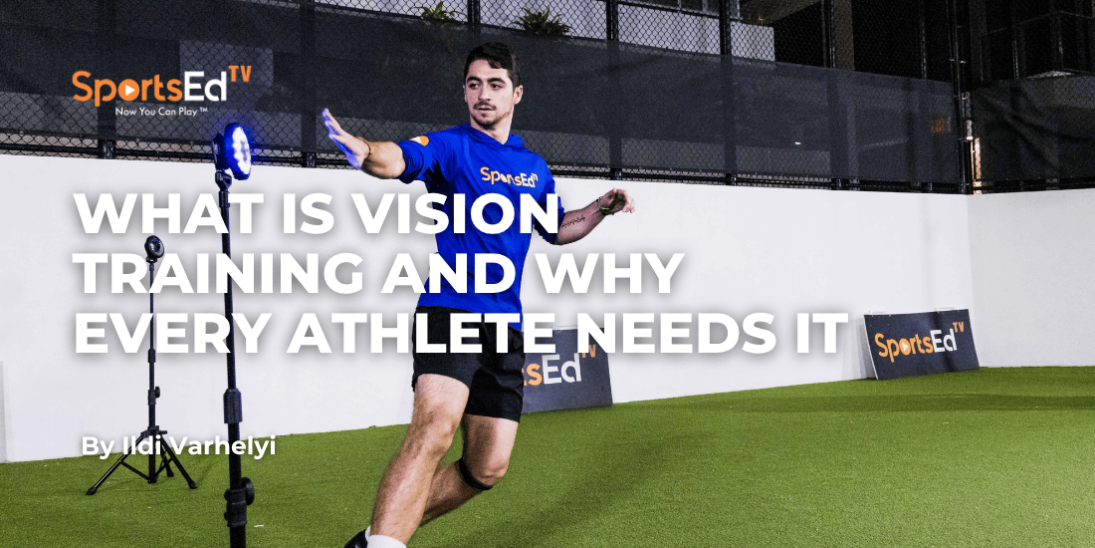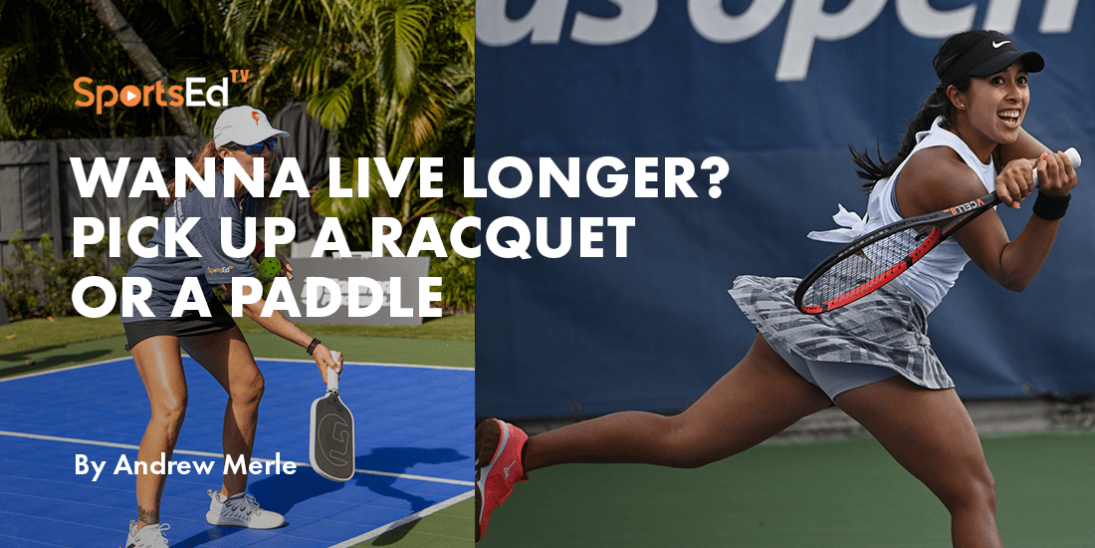Pickleball
Welcome and thanks for visiting...

How To Serve In Pickleball

Pickleball is a fast-paced and fun sport that combines elements of tennis, badminton, and table tennis. One important aspect of the game is the serve; however, many players discount its importance. A good serve can set the stage for the rally to develop in your favor. This blog discusses the fundamentals of the serve, including the proper grip, ball placement or drop, swing, and contact point. We will also explore different types of serves and their uses, strategies for serving, and techniques for practicing and perfecting your serve. Whether you are new to pickleball or a seasoned player looking to improve your serve, this blog will provide you with the information and tips you need.
Pickleball Grip
The Grip: The proper grip is essential for a good serve. The most common grip used in pickleball is the Continental grip, which is a common grip in many other racquet sports as well. Another common grip is the modified Continental or Eastern with a finger where you position your index finger towards the side of the paddle, providing some added stability. These grips can help provide consistency and accuracy to your serve while also allowing you to add power.
Pickleball Serve Positioning
Positioning: This is the next step after the grip. There are a number of options here, depending on the type of serve. However, it is important that whatever stance you choose, being certain to keep your feet behind the baseline, your arm should be able to swing freely.
Ball Drop or Placement:
The drop or placement of the ball for the serve is the next step after positioning, and this motion varies based on the serve you choose.
The volley serve in pickleball.
This is made by striking the ball in the air without bouncing the ball off the playing surface; however, note that in 2023, the rules for ball spin have changed. According to Rule 4.A.5, the serve shall be made with only one hand releasing the ball. While some natural rotation of the ball is expected during any release of the ball from the hand, the server shall not impart manipulation or spin on the ball with any part of their body. For the volley serve, the following rules apply:
The server’s arm must be moving in an upward arc at the time the ball is struck with the paddle.
The highest point of the paddle head must not be above the highest part of the wrist (where the wrist joint bends) when the paddle strikes the ball.
Contact with the ball must not be made above the waist.
The drop serve in pickleball
This serve is made by striking the ball after it bounces on the playing surface, and there is no restriction on how many times the ball can bounce or where the ball can bounce on the playing surface prior to contact. For the drop serve, the following rules apply:
The server must release the ball from one hand only or drop it off the paddle face from any natural (un-aided) height
The ball shall not be propelled (thrown) downward or tossed or hit upward with the paddle.
For the drop serve, it is important to have a balance of height and distance from the body when dropping the ball. From my perspective, the contact point should be the same for all serves, so a drop with the arm extended in front of the body with a slight elbow bend about shoulder height would be optimal for most players.
The Swing
After the ball drop or placement, the swing follows. The swing should be smooth and fluid and will vary based on the type of serve. Note that with the drop serve, you have no rules regarding the upward motion of the paddle, paddle angle, and contact below the navel, so you have a lot of options from a swing perspective. The key to all serves is to ensure whatever motion you have is simple, smooth, consistent, and duplicatable.
Contact Point in pickleball
The contact point is the point at which the ball strikes the paddle. In pickleball, the contact point should be in front of the body, which allows for flexibility in terms of power, accuracy, and control.
Different types of serves in pickleball
The most common serves in pickleball are the drive serve, the lob serve, and, less frequently, the soft serve. Drive serves are fast and low, lob serves are high and slow, and soft serves are hit with finesse and accuracy, however in the end the goal with all but the soft serve is to hit deep regardless of speed consistently.
Drive serve
The drive serve is hit with more speed and is usually used to put pressure on the opponent. The key to all these serves is to keep the initial swing and contact point the same if possible. However, change the acceleration speed and paddle angle as appropriate for each type of serve. The focus should be on depth even if that results in decreased speed, as a fast short shot will land in your opponent's strike zone, giving them an advantage with their return.
Lob serve
The lob serve is a high and slow serve and can be hit with or without spin. The lob serve is usually used to change the pace of the game; however, it also has the advantage of requiring the receiver to generate all the pace for their return. The key to the lob serve is depth, as a short lob serve allows the receiver to hit an aggressive shot while also putting them in a great position at or near the non-volley zone.
Soft serve
The soft serve is a serve that is hit with a softer touch and is focused on accuracy and not power. This serve is an option to have in your arsenal for more advanced players; however, it is usually used infrequently to catch your opponent off guard or to place the ball in a specific area of the court, usually just beyond the NVZ line whether up the middle or angled out to the side of the court. To perform this serve, the server should contact the ball with a light touch at the standard contact point hinging the arm off the shoulder and with a quiet fixed wrist, however, some underspin can be used as well. In the end, remember that consistency and accuracy are the most important, and if this serve is not done well, you can switch the advantage in your opponents’ favor.
Key to mastering the pickleball serve
Practice is key to mastering the serve. It's important to practice the proper grip, ball placement or drop, swing, and contact point to build muscle memory and improve consistency and accuracy.
- Start with the basics: Before you start practicing your serve, make sure you understand the fundamentals of the grip, ball placement or drop, swing, and contact point. Take the time to learn these basics and master them before you move on to more advanced techniques.
- Practicing by yourself or with a partner can be very helpful in perfecting your serves. When practicing, focus on the mechanics of your serve and make adjustments as needed. Once you are comfortable with the skill fundamentals, focus more on tactics such as consistency or accuracy by using targets such as cones or lines.
- Focus on consistency: The key to a good serve is consistency. Practice hitting the same spot over and over again until you can consistently hit that spot.
- Mix it up: Practice different types of serves, however above all else ensure that you can be consistent and accurate. Learn to hit high serves, low serves, and everything in between.
- Use a coach: If you're serious about improving your serve, consider working with a qualified coach. A coach can give you feedback and help you make corrections. Video of your serve can help you analyze your form and make adjustments.
- Incorporate it into your game. Working on your serves while playing games is a great way to practice, as you can try different serves throughout your game while evaluating their effectiveness.
Placement: In addition to practicing your serve mechanics, it's also important to practice placing your serves in different areas of the court.
- Mixing up your serves: for more advanced players, it is nice to have different serves in your arsenal, such as the addition of topspin or underspin, different angles, and varied depths and speed. Adding variety to your serves will keep your opponent guessing and may shift some rallies in your favor. In the end, remember that consistency and accuracy are more important than power and that power, if not done well, can switch the advantage in your opponent's favor.
- Setting the tone: remember that a well-placed serve can set the stage for a rally to develop in your favor.
- Reading the opponent: as you play you should be aware of both your own as well as your opponents’ weaknesses and strengths and adjust your serves accordingly.
It's important to keep in mind that serve placement, and strategy are closely related. As you master different serve types and strategies, you'll find you have more options for serve placement and will be able to play a more versatile game.
Strategies: Serving can be used as a powerful tool in pickleball. In this video, you'll learn how to apply different strategies and tactics, such as placement and spin, to take your serve to the next level and gain an edge in your matches.
Remember, serving is a skill that takes time and practice to master. It's important to be patient and persistent with your practice and to keep a positive attitude. With time and practice, you will be able to serve with confidence and control.


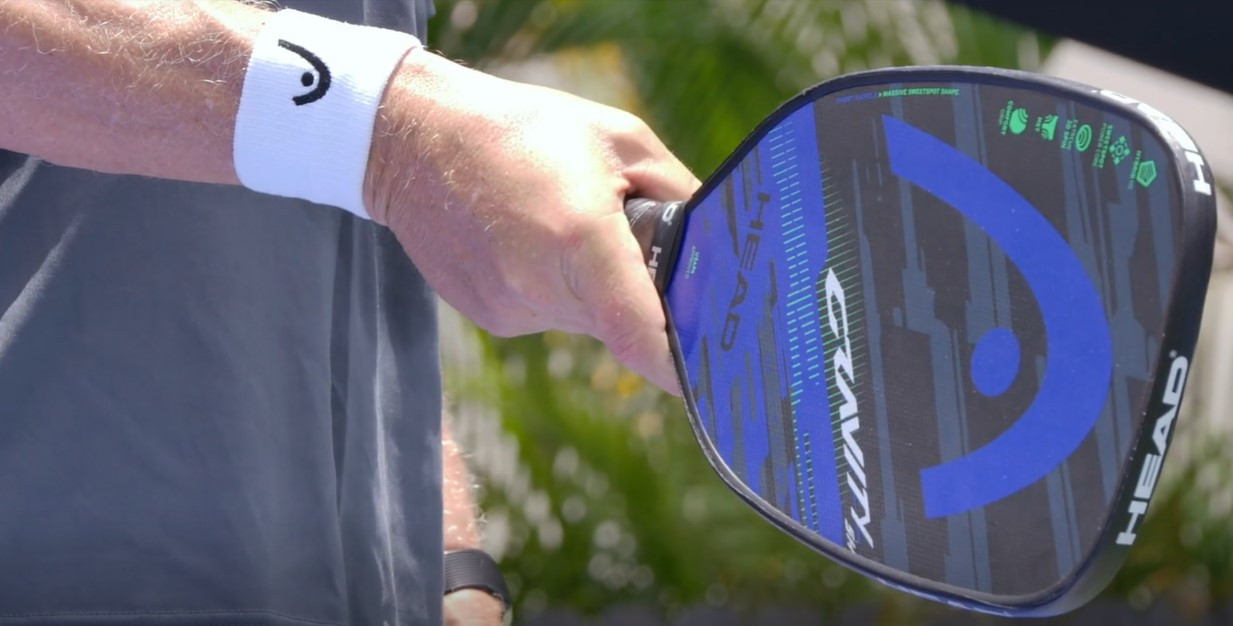

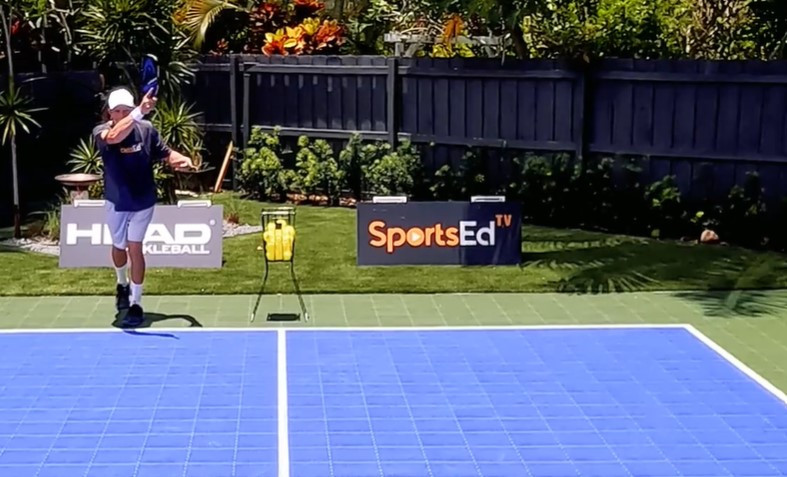 Click To Watch The Video
Click To Watch The Video
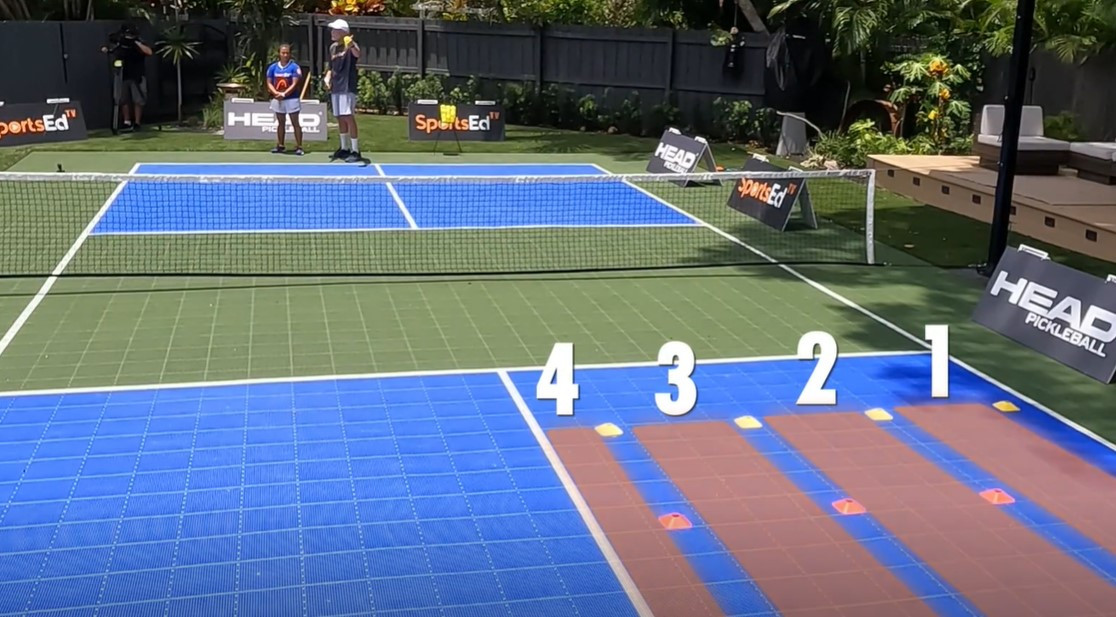 Click To Watch The Video
Click To Watch The Video